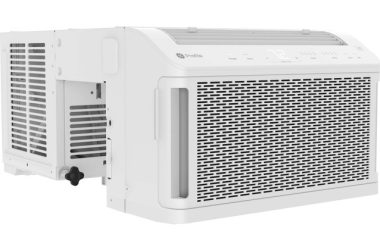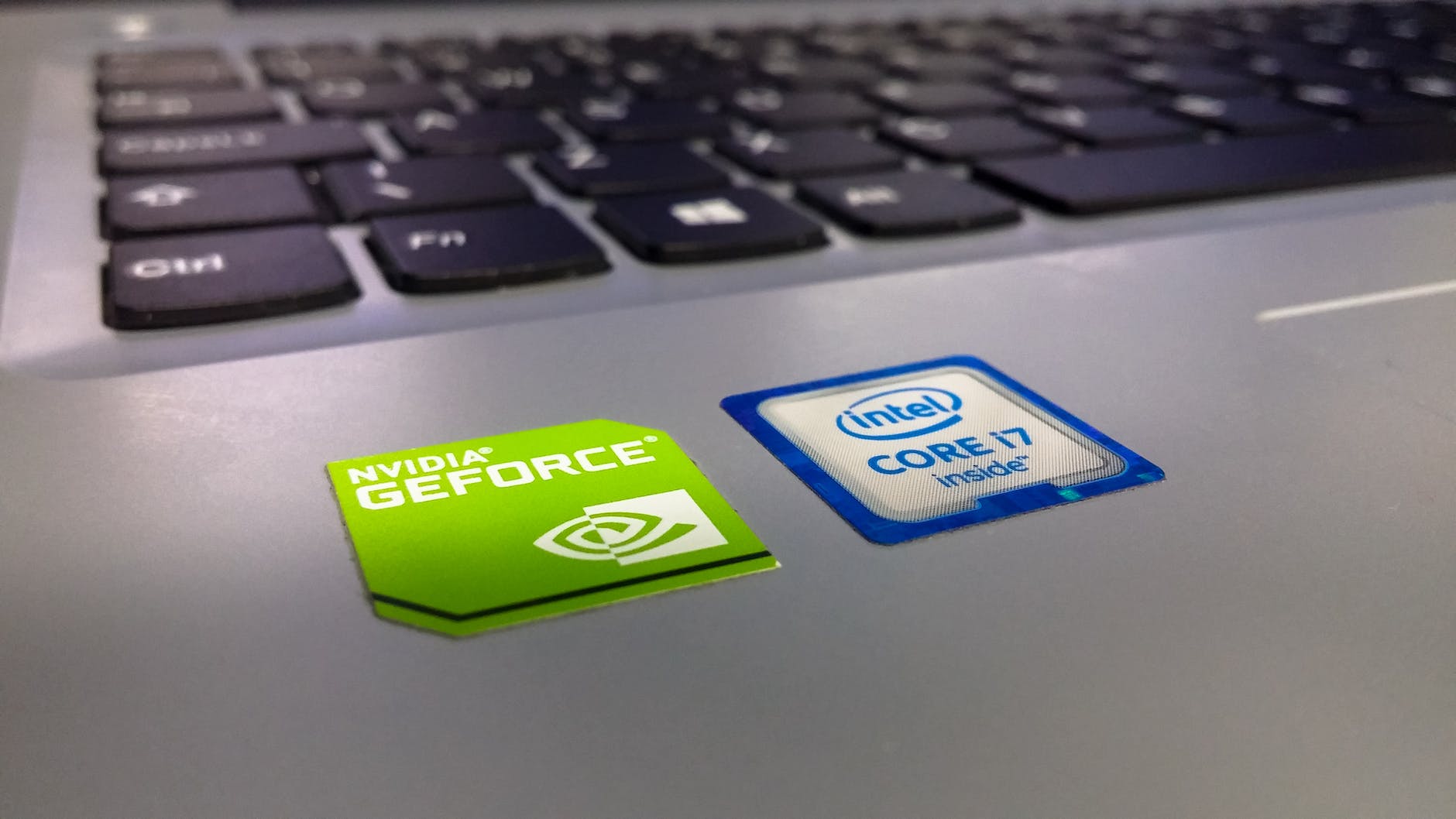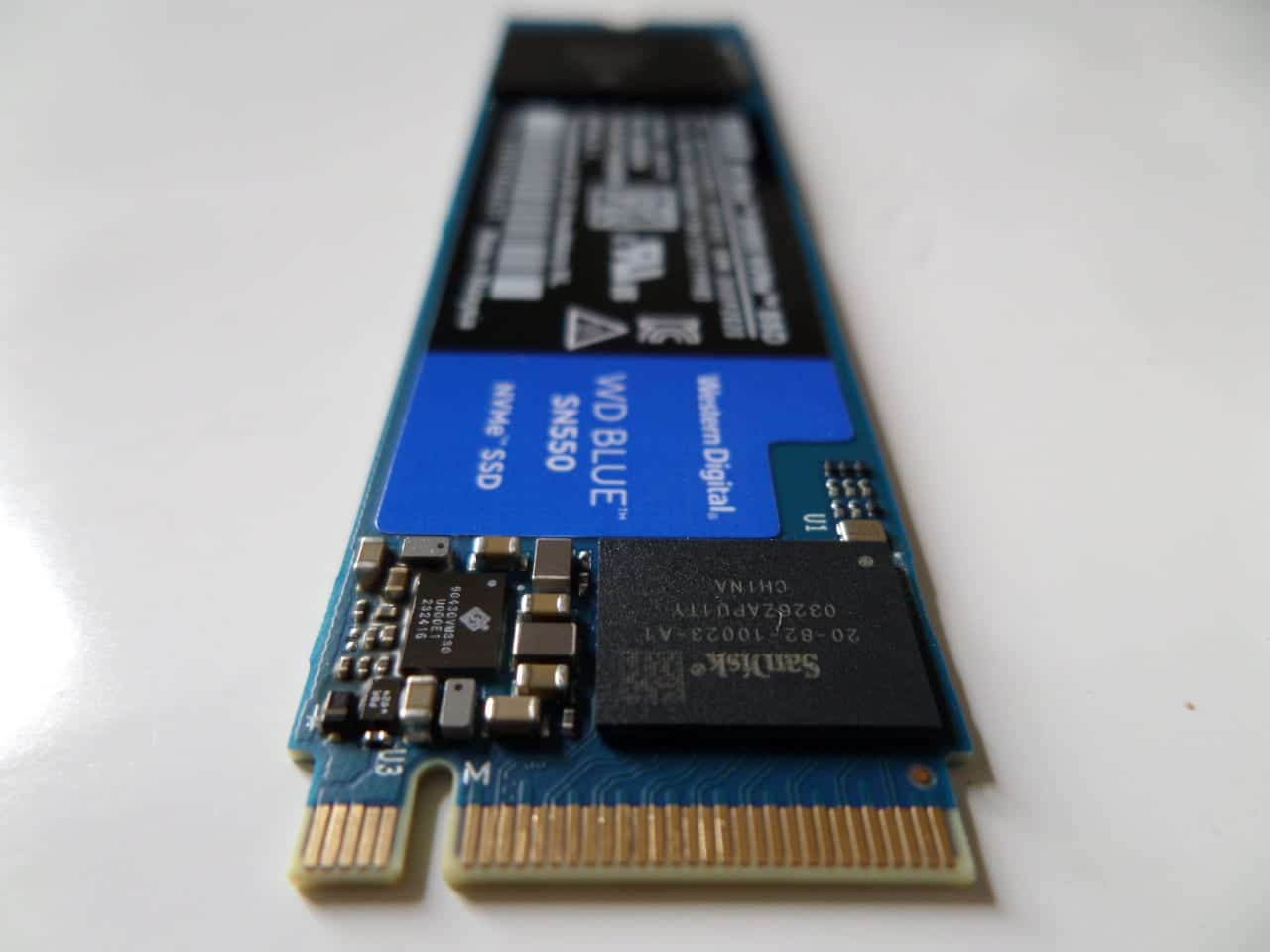Ahead of the launch of their new Meteor Lake series of processors, Intel has announced the new processor tiers they will start using for their CPUs. It is a little more descriptive than their previous naming conventions, which is a welcome improvement for anyone who isn’t already a tech insider. However, it still needs improvement.
Intel is eliminating the ‘i’ from processor tiers and is moving their premium CPUs to a new product tier called ‘Ultra’. This means that Intel consumer PC processors will now be categorized as follows:
- Core 3.
- Core 5.
- Core 7.
- Core Ultra 5.
- Core Ultra 7.
- Core Ultra 9.
Prior to this branding, their processor tiers were categorized as i3, i5, i7, and i9. Intuition would tell you that an i7 was certainly better than an i5. However, that wasn’t always the case. An i5-xx500k model for example could outperform some i7 processors because even the i5s and i7s were split into different processor tiers that were not descriptively labeled. The only clue to help you find those was (in some cases) a ‘k’ at the end of the model number.
That’s not exactly intuitive, and it didn’t work for people who were not already well-versed in their processor branding conventions or who didn’t sift through benchmarks. Now, instead of blindly choosing a processor, you can choose an ‘Ultra’ model, knowing that is one of their premium processors. Intel will also remove the generation number from the front of processor names ‘for example: 13th gen i5’.
However, the generation will still be in the processor’s model number. For example: i7-13700 indicates it is a 13th generation processor. i7-14700 would be a 14th generation processor, and so on. It’s likely that not everyone will be happy with the fact that there are two different Core 5s, and two different Core 7s. It would be better if Intel tidied up these naming conventions further so that it’s crystal clear which processor tier they are buying.






